Learn the contributions of enslaved people to NYC including the brave uprisings against oppression. Then discover the exciting history of the Underground Railroad, a network of clandestine routes and safe houses used by enslaved African Americans primarily to escape into free states and Canada.
Visit an archeological site and memorial dedicated to the memory of enslaved Africans in colonial America. Visit the site of a former station on the Underground Railroad. Learn about the revolts, kidnappings and dramatic escapes that occurred during the era of American slavery. Listen to tales of courage and triumph and discover the stories of real New Yorkers who risked their lives and properties to help people escape slavery on this historical New York City walking tour.
Нью-Йорк
Досліджуйте
 Унікальний досвід
Унікальний досвід
 Подорожі та транспортні послуги
Подорожі та транспортні послуги
 Тури, екскурсії та круїзи
Тури, екскурсії та круїзи
 Квитки та перепустки
Квитки та перепустки
 Квитки та перепустки на спортивні події
Квитки та перепустки на спортивні події
 Мала група
Мала група
 Сезонні та особливі випадки
Сезонні та особливі випадки
 Застосовані санітарні заходи
Застосовані санітарні заходи
 Заходи на свіжому повітрі
Заходи на свіжому повітрі
 Ймовірно, буде розпродано
Ймовірно, буде розпродано
 ЛГБТ-дружні тури
ЛГБТ-дружні тури
 Зручно для дітей
Зручно для дітей
 Залучає тварин
Залучає тварин
 Добре, щоб уникнути натовпу
Добре, щоб уникнути натовпу
 Їжа та напої
Їжа та напої
 Відмінна якість
Відмінна якість
 Заняття та семінари
Заняття та семінари
 Найкраще перетворення
Найкраще перетворення
 Аудіогіди
Аудіогіди
 Мистецтво та культура
Мистецтво та культура
 Віатор Плюс
Віатор Плюс
 Sustainable Tours
Sustainable Tours
 Limousine Transfers
Limousine Transfers
 Donut Walking Tour
Donut Walking Tour
 Virtual Experiences
Virtual Experiences
 Additional fees
Additional fees
 DSA non-compliant
DSA non-compliant
 Унікальний досвід
Унікальний досвід
 Подорожі та транспортні послуги
Подорожі та транспортні послуги
 Тури, екскурсії та круїзи
Тури, екскурсії та круїзи
 Квитки та перепустки
Квитки та перепустки
 Квитки та перепустки на спортивні події
Квитки та перепустки на спортивні події
 Мала група
Мала група
 Сезонні та особливі випадки
Сезонні та особливі випадки
 Застосовані санітарні заходи
Застосовані санітарні заходи
 Заходи на свіжому повітрі
Заходи на свіжому повітрі
 Ймовірно, буде розпродано
Ймовірно, буде розпродано
 ЛГБТ-дружні тури
ЛГБТ-дружні тури
 Зручно для дітей
Зручно для дітей
 Залучає тварин
Залучає тварин
 Добре, щоб уникнути натовпу
Добре, щоб уникнути натовпу
 Їжа та напої
Їжа та напої
 Відмінна якість
Відмінна якість
 Заняття та семінари
Заняття та семінари
 Найкраще перетворення
Найкраще перетворення
 Аудіогіди
Аудіогіди
 Мистецтво та культура
Мистецтво та культура
 Віатор Плюс
Віатор Плюс
 Sustainable Tours
Sustainable Tours
 Limousine Transfers
Limousine Transfers
 Donut Walking Tour
Donut Walking Tour
 Virtual Experiences
Virtual Experiences
 Additional fees
Additional fees
 DSA non-compliant
DSA non-compliant




 uk
uk
 English
English
 Russian
Russian
 French
French
 Polish
Polish
 Serbian
Serbian


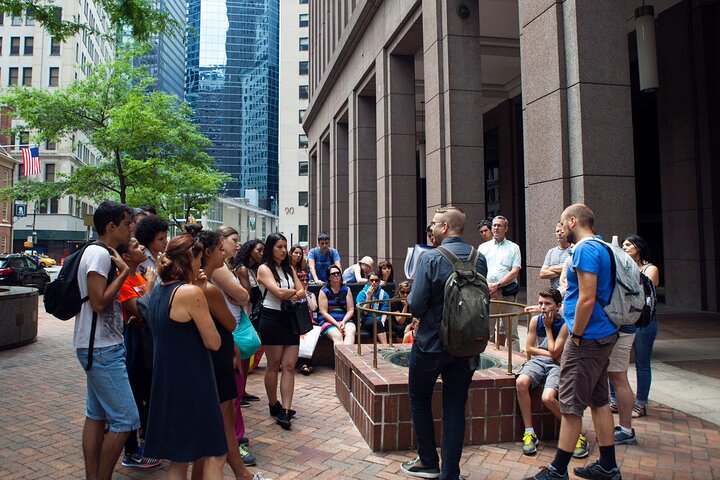



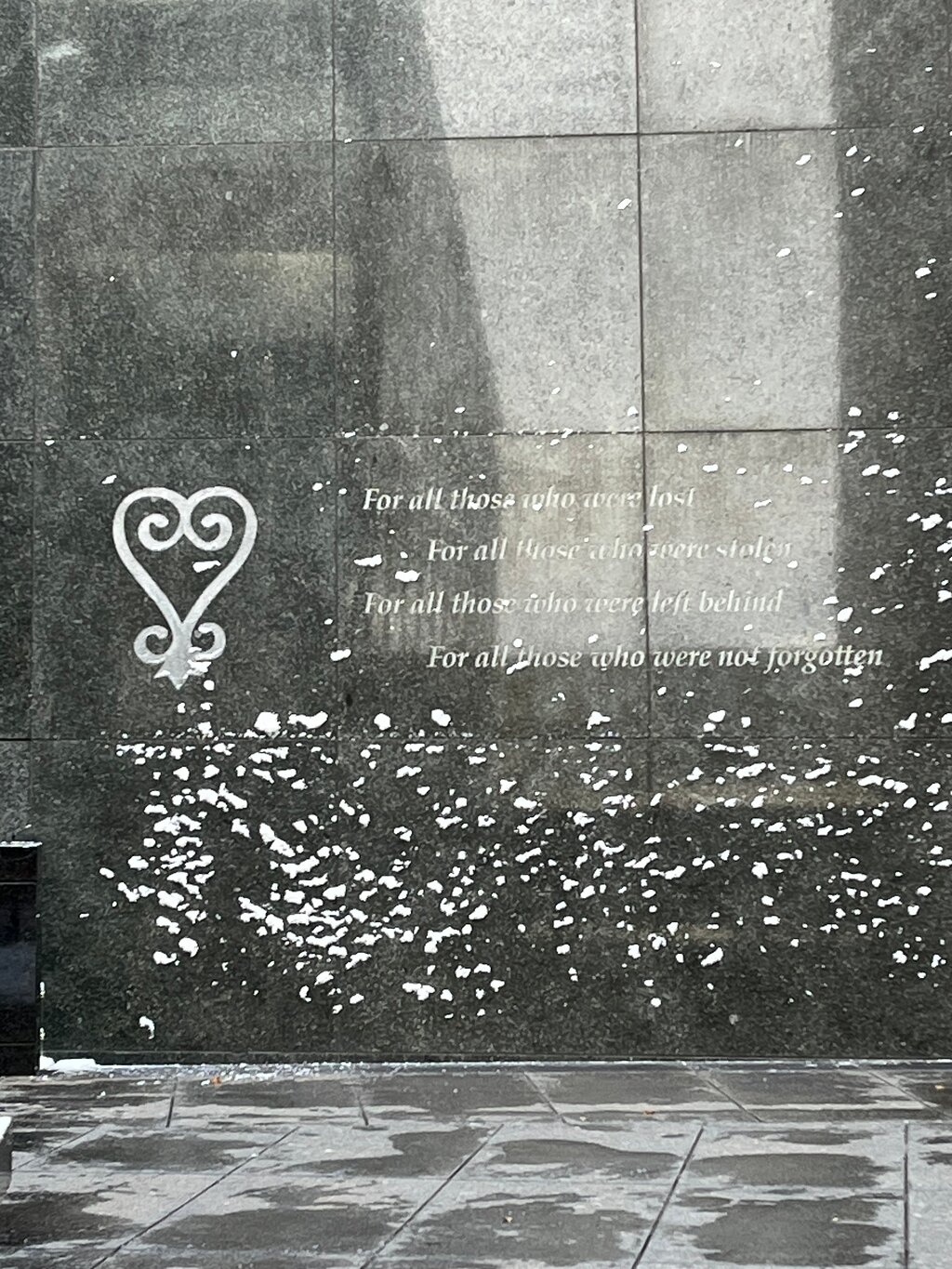
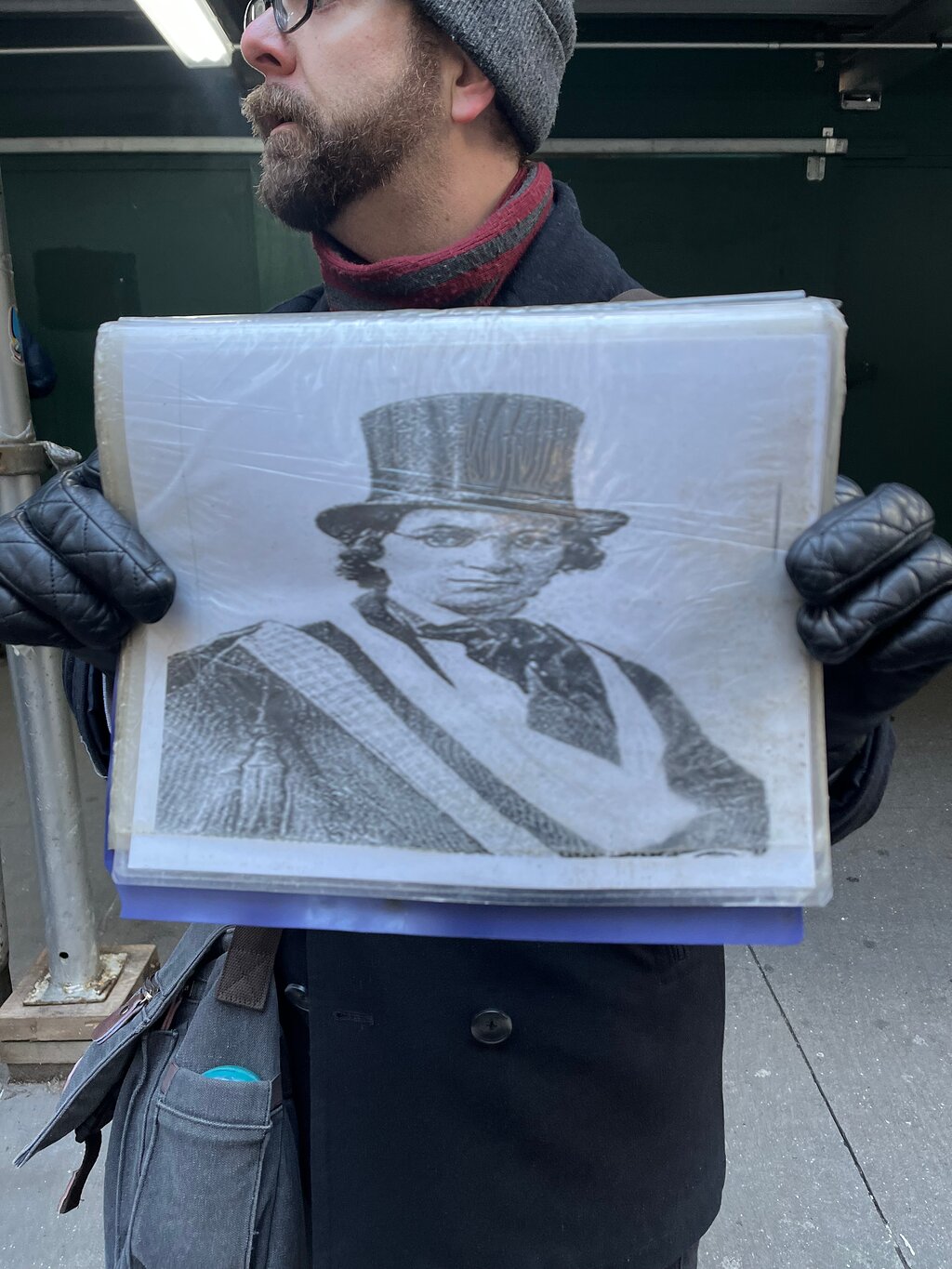
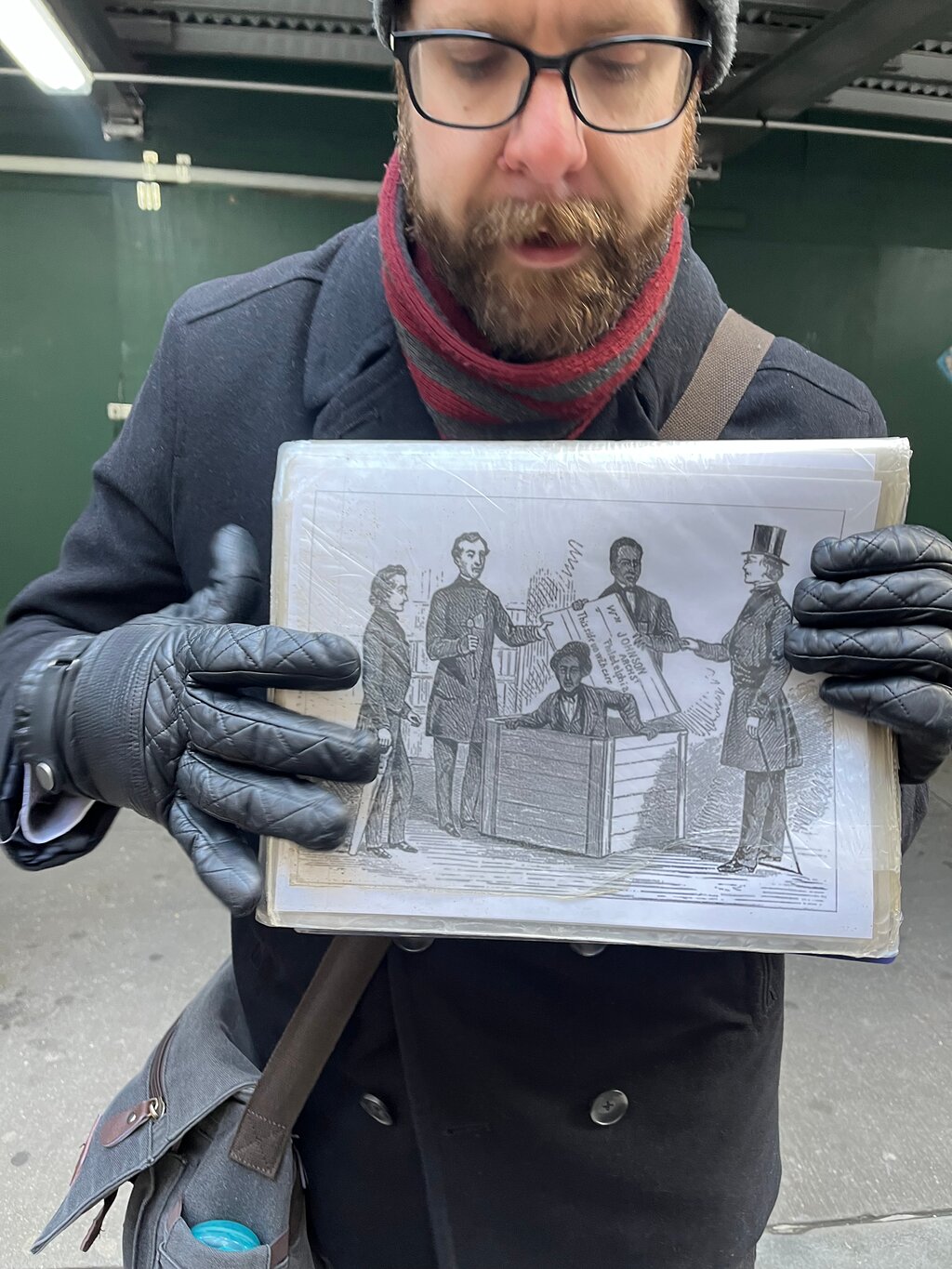

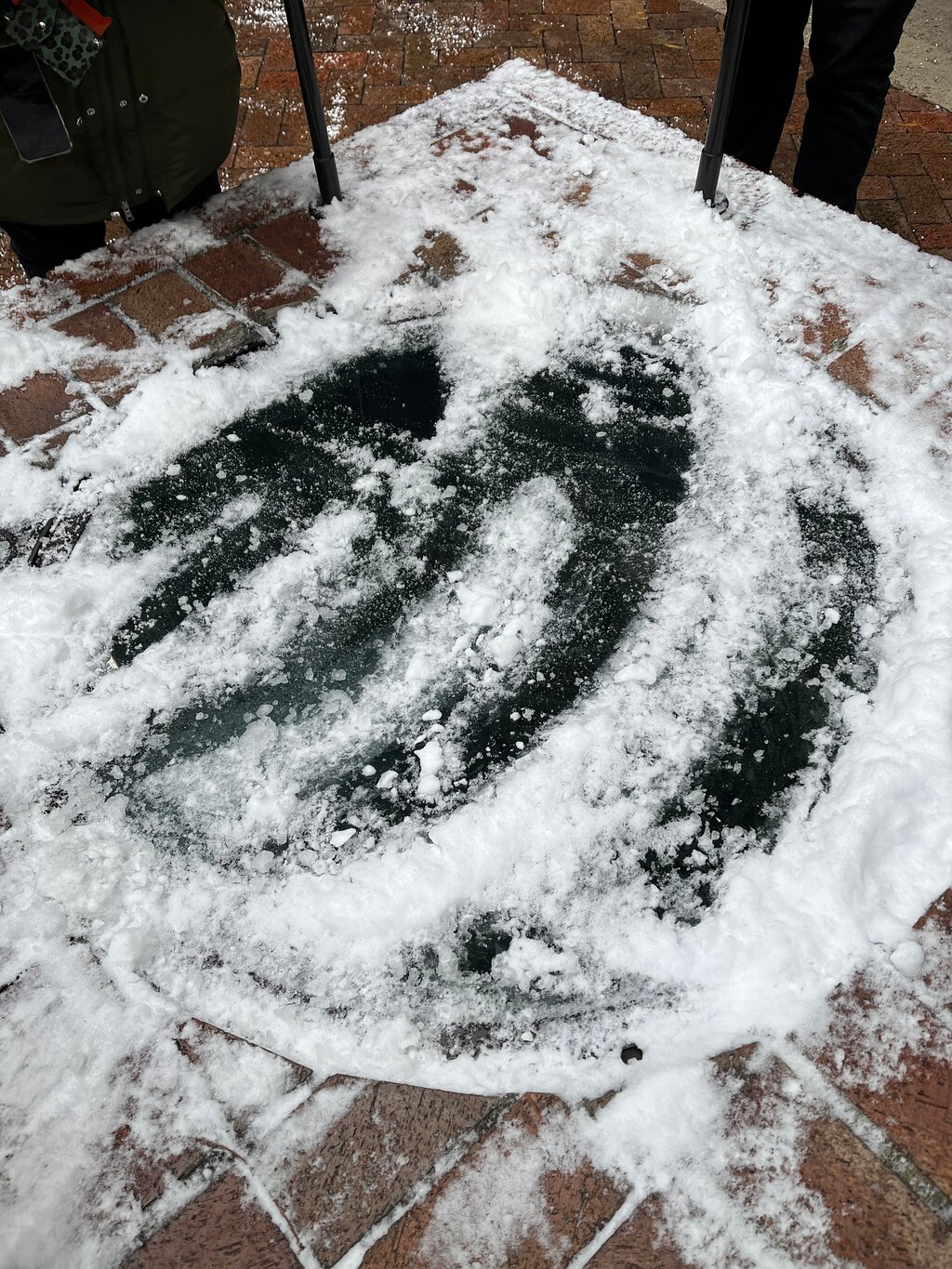
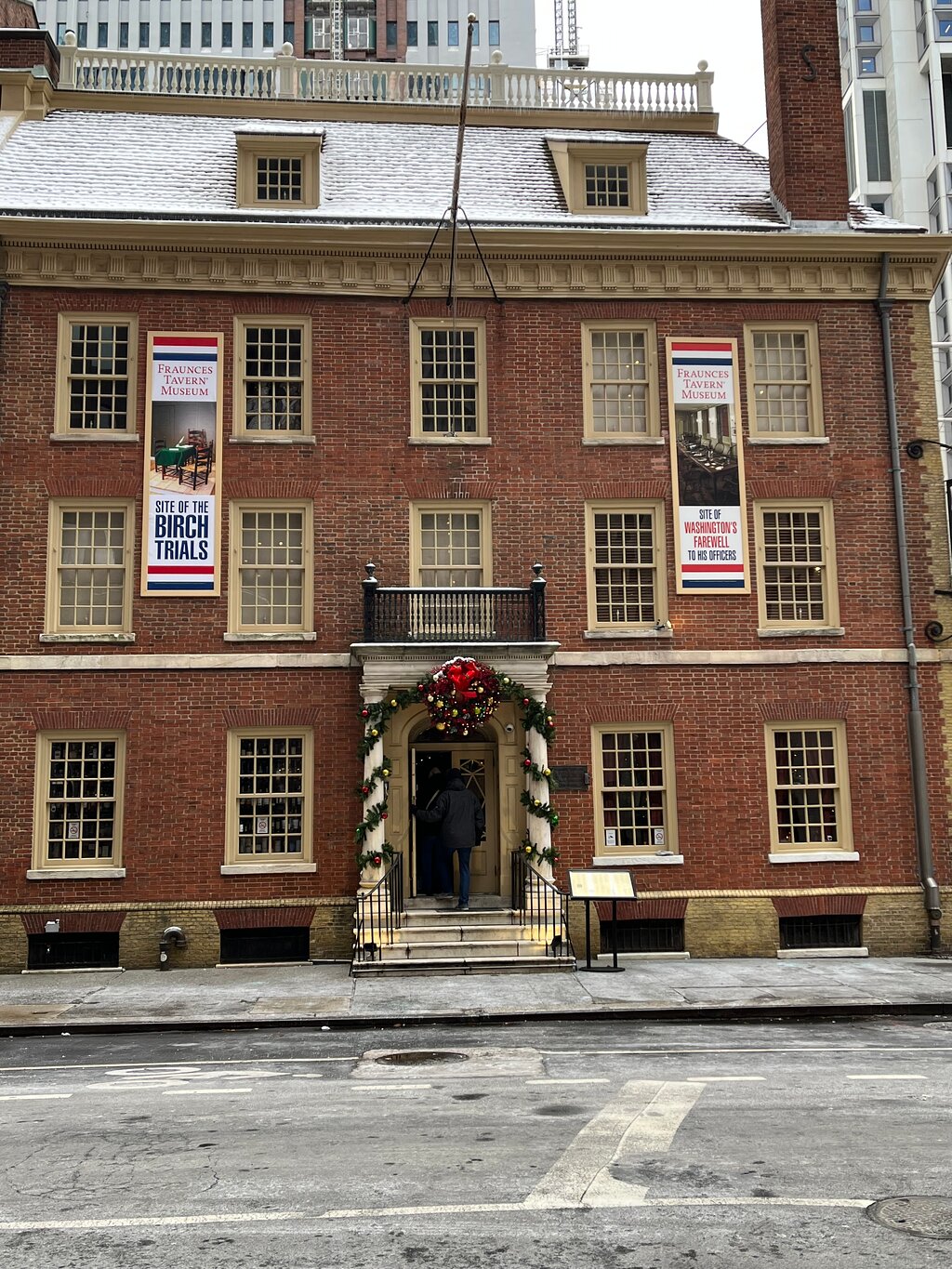
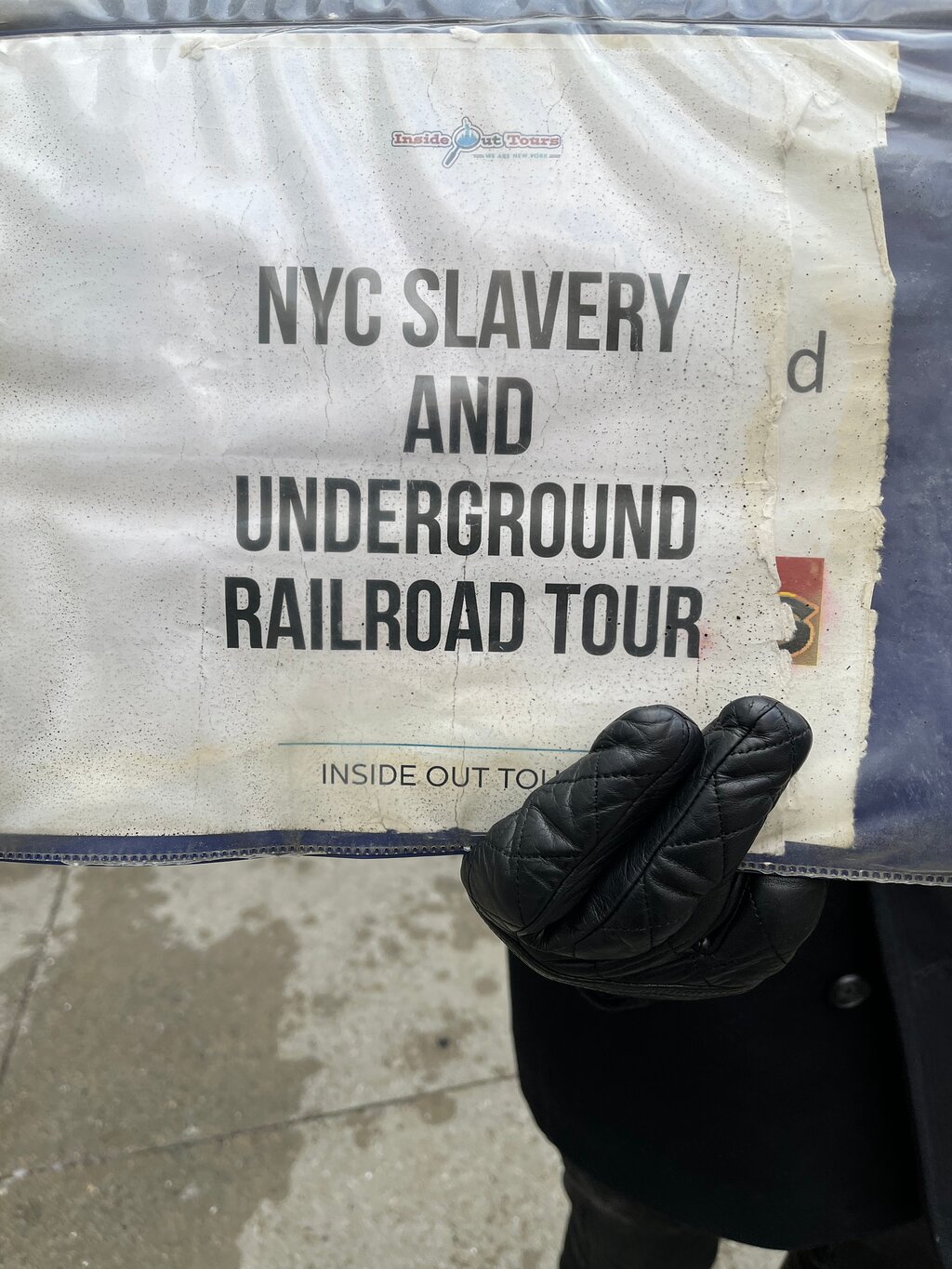
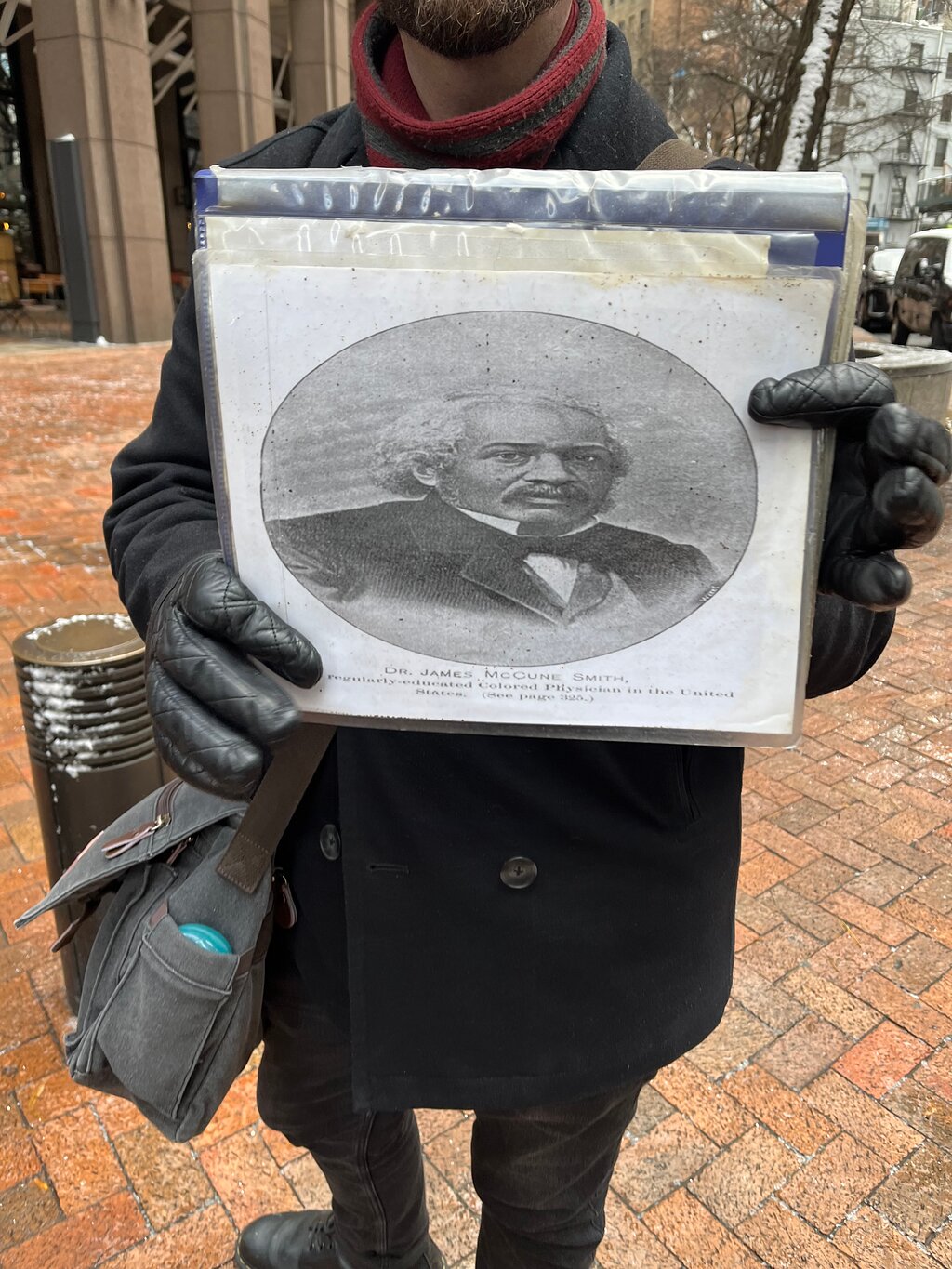
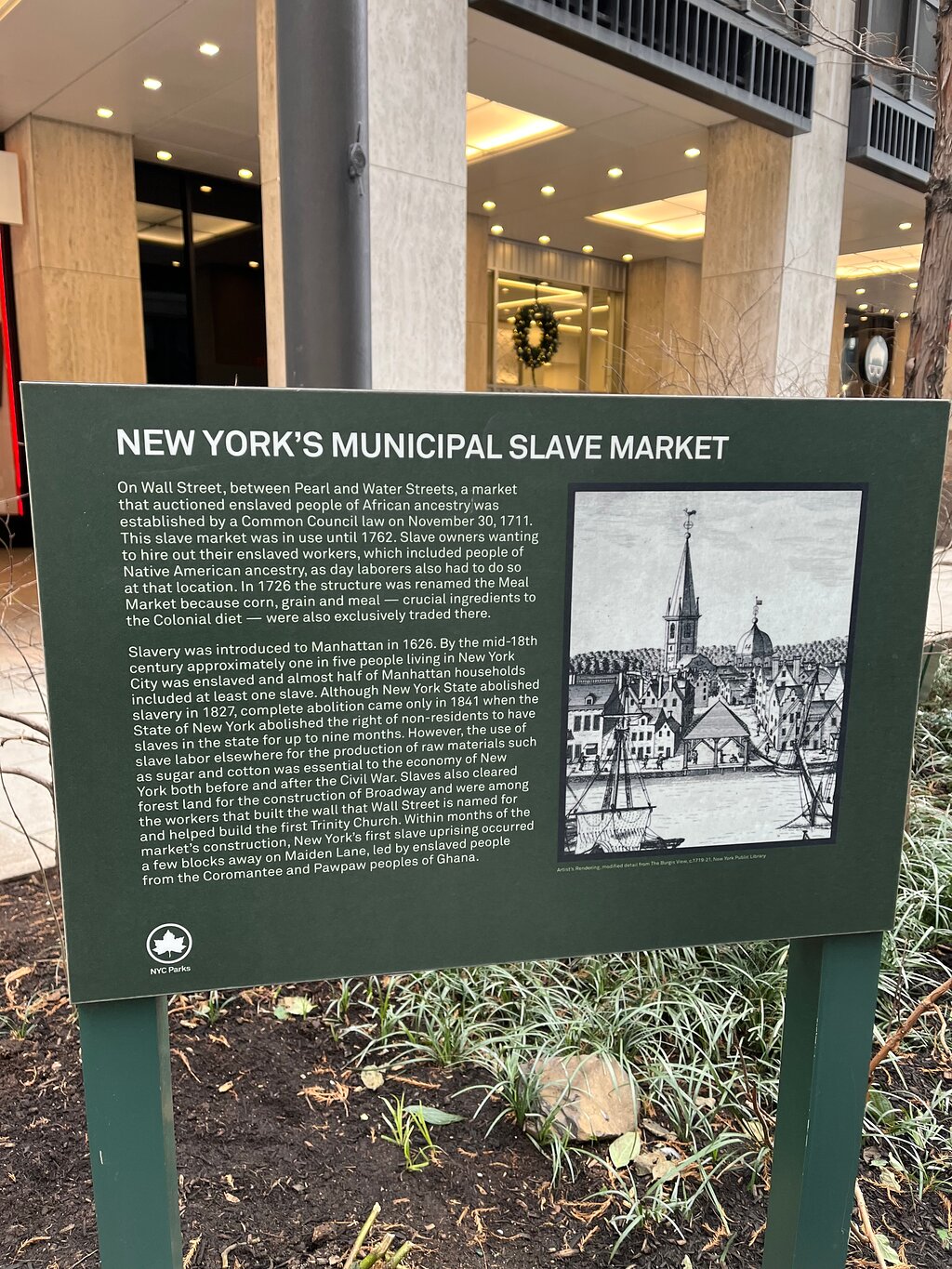



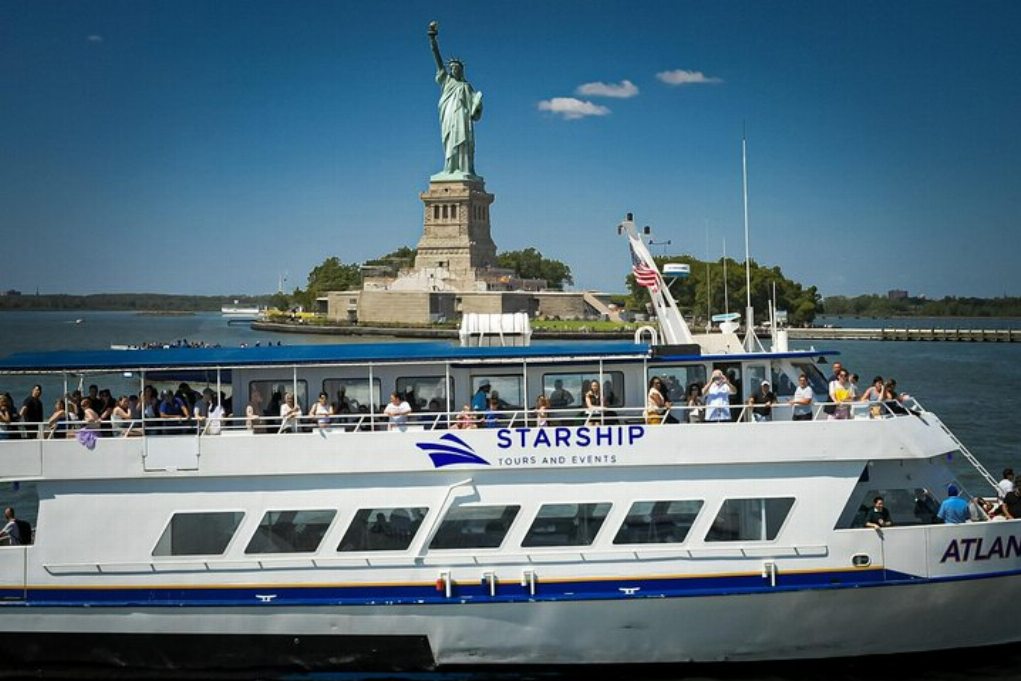

 більше
більше
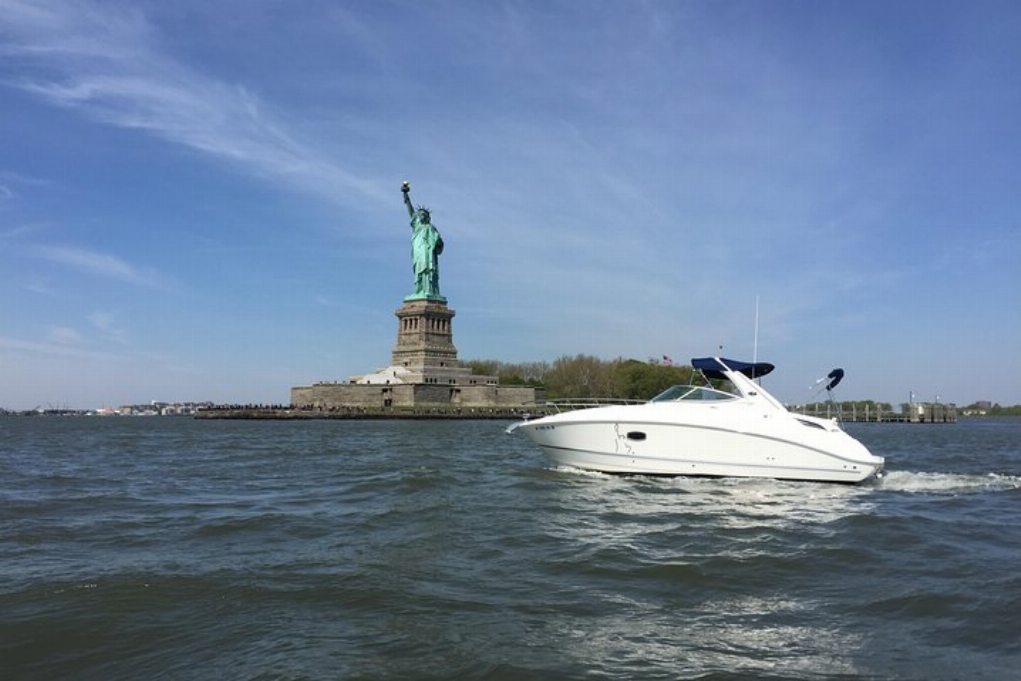
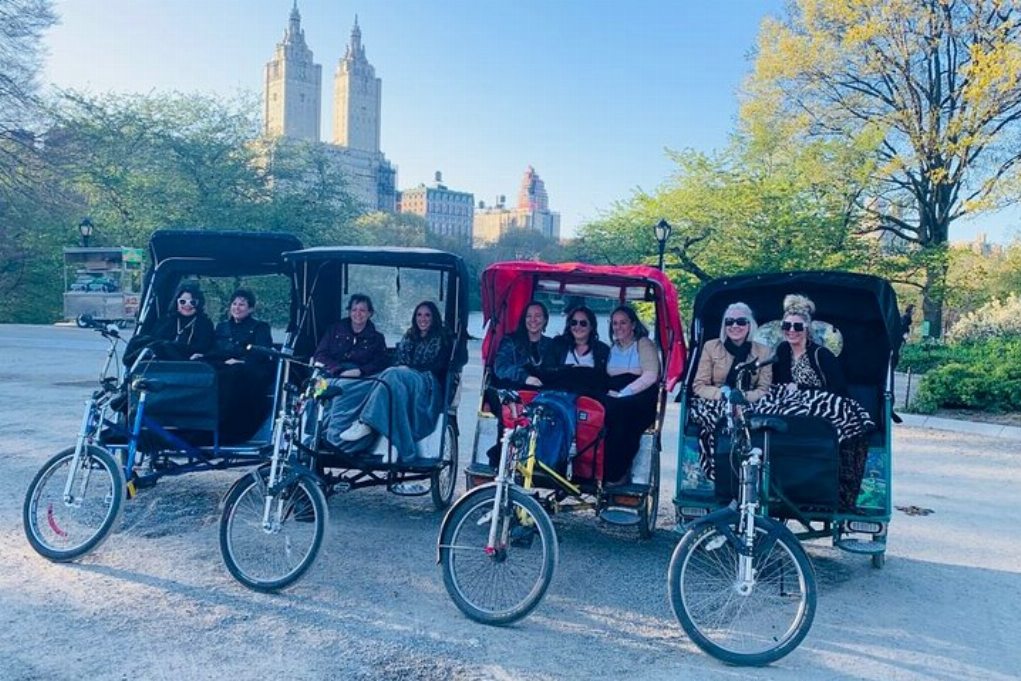
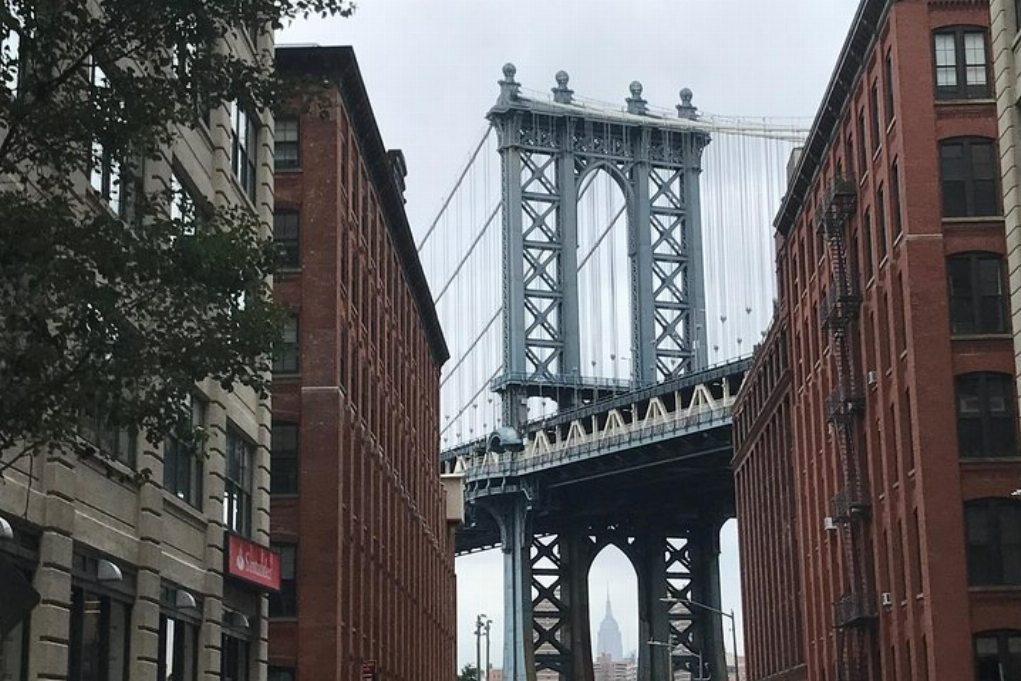

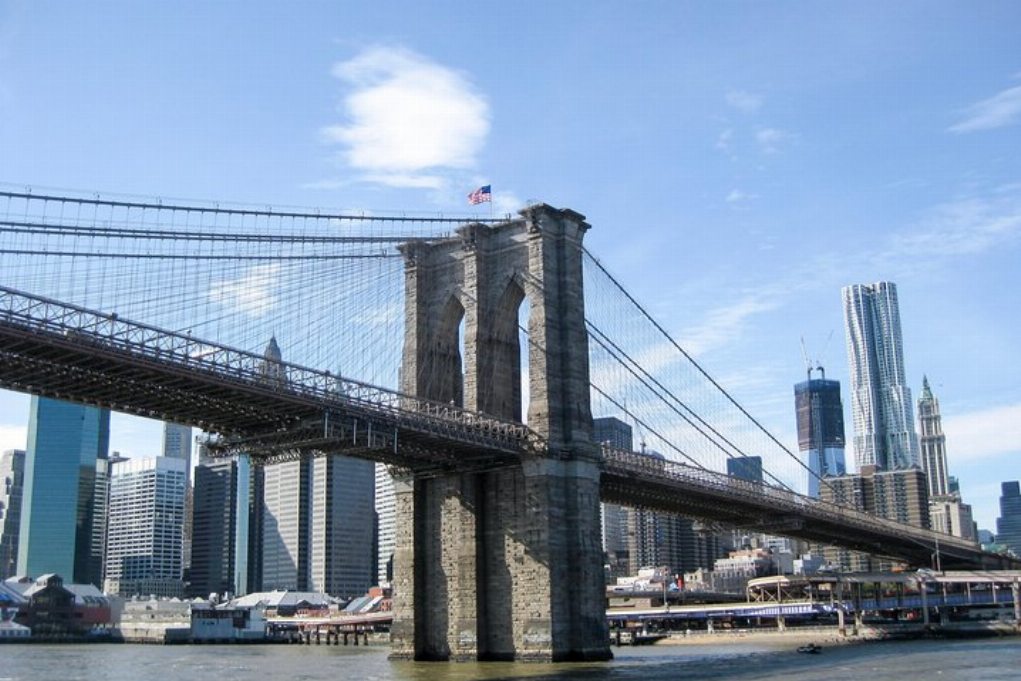

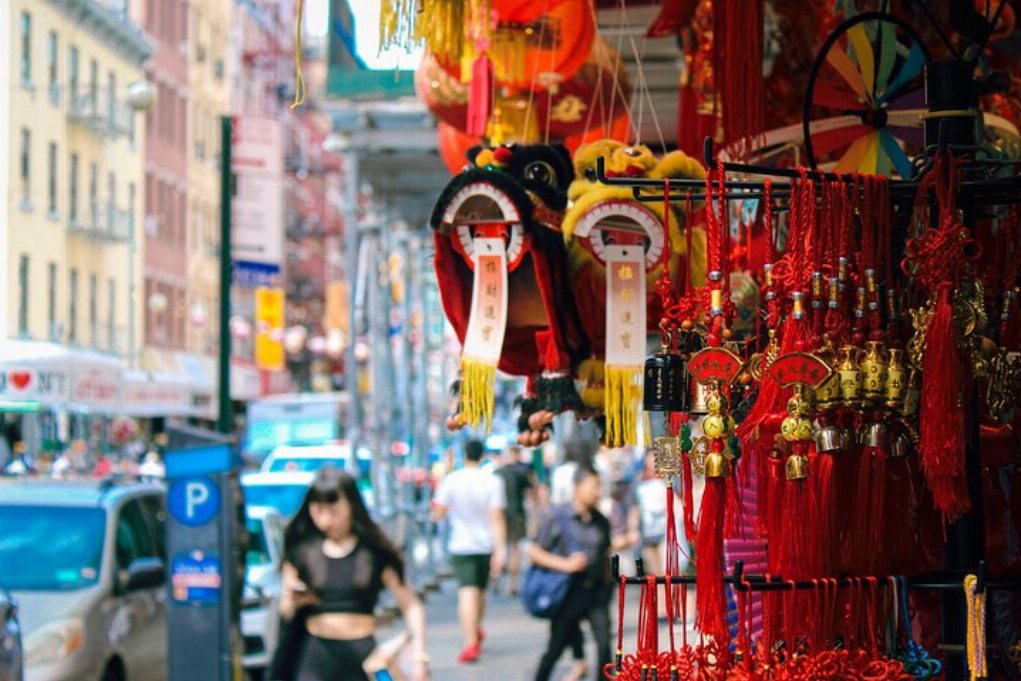
 Продовжуйте з Google
Продовжуйте з Google
 Продовжуйте з Facebook
Продовжуйте з Facebook
 Продовжуйте з Twitter
Продовжуйте з Twitter

